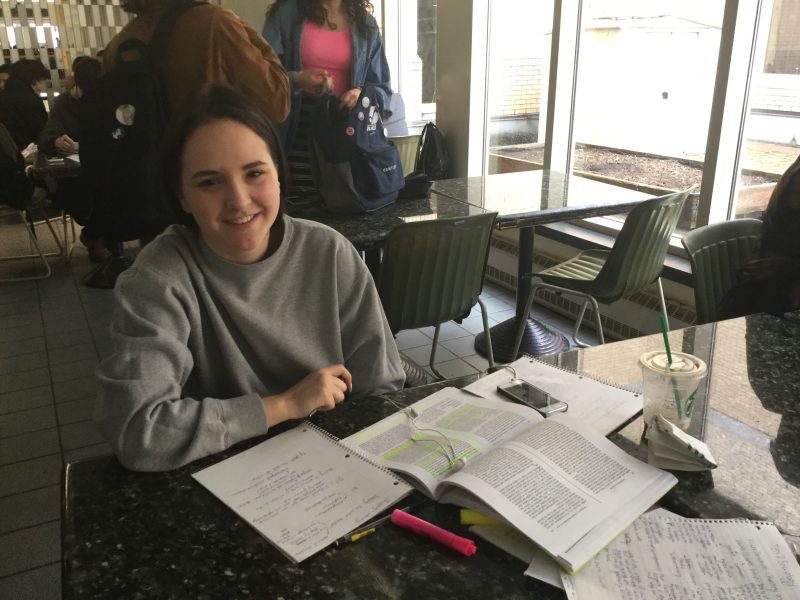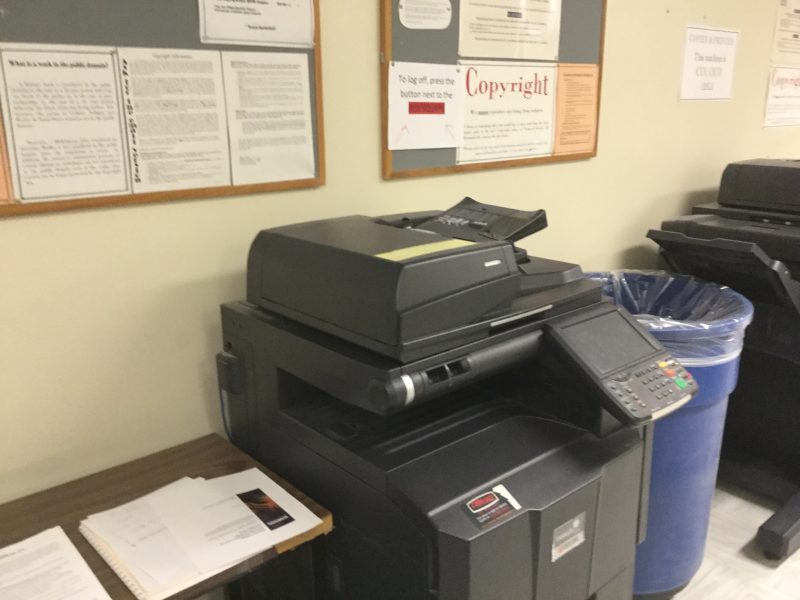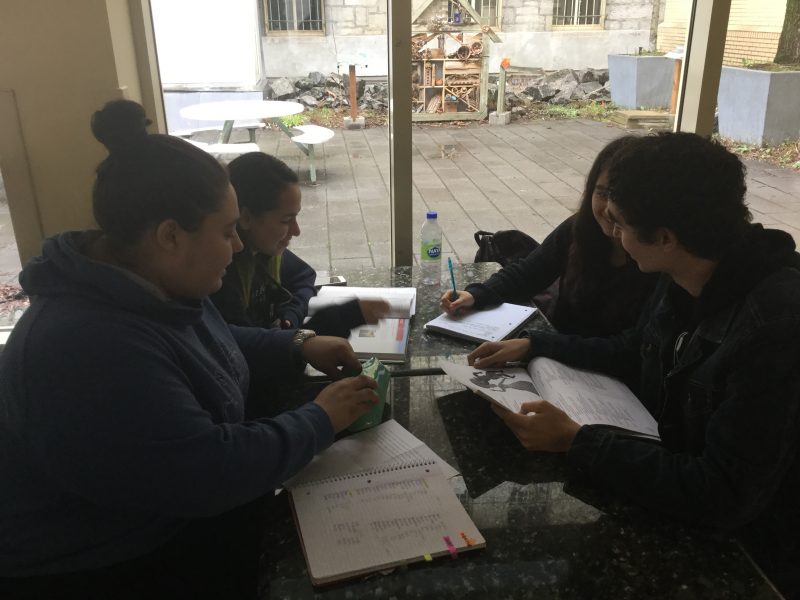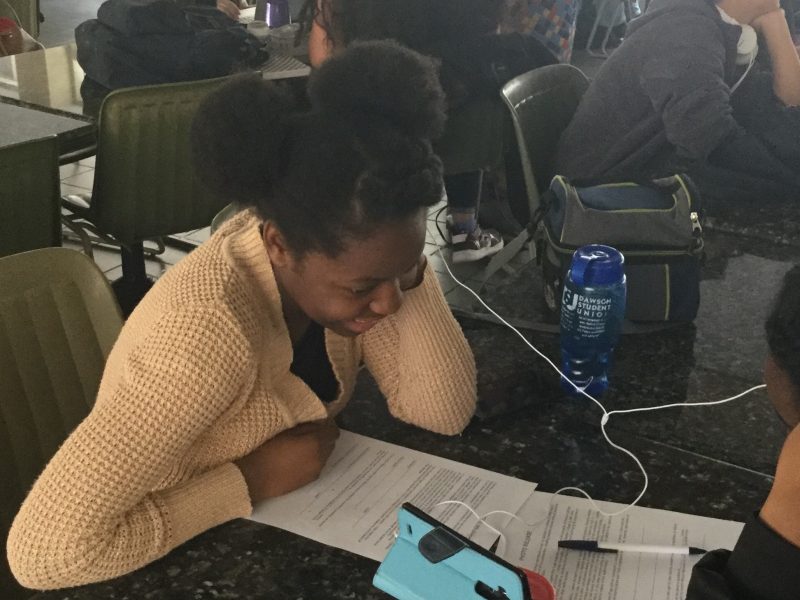How not to Cheat
The Best 10 tips for staying honest

- For each course, read your course outline carefully to familiarize yourself with what is expected.
- Speak with your teacher if you are unsure or do not understand of any of the course’s requirements.
- Familiarize yourself with, and follow the rules for final examinations (hyperlink to exam rules).
- To avoid being accused of plagiarism, make sure you understand what plagiarism means (hyperlink to content OR drop down).
- Make sure to cite academic references correctly – check with you teachers to find out what their expectations are, as different disciplines may have different requirements.
- Take the on-line academic integrity quiz to test your knowledge. Follow up on areas where you are weak. (Hyperlink to academic integrity quiz- I don’t have this yet)
- If you are involved in group work, find out from your teacher what the expectations are for members of the group, and how your work will be graded.
- Don’t share or lend your work (specifically lab work, homework assignments, mid or final research papers etc.) to other students. If they photocopy and use your work then claim it as their own, you could be accused of academic misconduct for helping another student cheat. This does not include the sharing of class notes.
- No unauthorized devices into an exam (cell phones, iPods, tablets, ‘smart’ watches or any other electronic device that can store information or connect to the internet). Please refer to the link in # 3 for a complete list.
- Time Management!!!! Learn how to manage your time so you are not rushed and stressed trying to complete work at the last minute – it is at times like these that you may be tempted to take short-cuts.
 Exam Rules
Exam Rules
Download the Final Examination Cover Sheet
Plagiarism
Plagiarism is a form of academic cheating. It is treated as a serious offense by teachers and by college and university deans and can lead to very serious penalties. As defined by the Institutional Student Evaluation Policy of Dawson College, plagiarism is “the presentation or submission by a student of another person’s work as his or her own.”
In some cases, plagiarism represents deliberate dishonesty and fraud. In other cases, it can result from a failure to understand research procedures. Meanwhile, some students commit plagiarism unintentionally by copying passages from their sources and submitting it as their own writing.
The following descriptions cover three forms of plagiarism.
TAKING CREDIT FOR WORK DONE ENTIRELY BY SOMEONE ELSE
These are cases of deliberate fraud—submission of entire pieces of work that are not your own. Plagiarism of this type is usually easy to detect, and the student is subject to severe penalties including expulsion from the College. This sort of plagiarism includes:
- buying an essay or paper and submitting it as your own work
- having someone write an essay for you and handing it in as your own
- downloading a passage from the Internet and disguising it as an essay of your own, or as part of your essay
TAKING CREDIT FOR SOMEONE ELSE’S INFORMATION / IDEAS
In some cases, students commit plagiarism because they misunderstand basic research documentation procedures.
Whenever you take the information, insights, or opinions of other people and present them in your work, you must identify the sources. This is normally done through the use of citations, footnotes, or endnotes. You must always cite the sources of your research information, even though it is usually

summarized in your own words.
In the example below, the sentence is written by the student, but the opinion comes from Berton. The source is properly identified, using an MLA citation:
It is possible that Peary did not actually reach the North Pole in 1909 as he claimed (Berton 254).
In other cases, you may identify the source in the actual text of your essay:
Pierre Berton, in his book Arctic Grail, suggests that Peary might not have reached the North Pole in 1909 as he claimed.
TAKING CREDIT FOR SOMEONE ELSE’S WRITING STYLE
If you copy phrasing from a source and present it as your own writing, you are committing a form of plagiarism—even if you have cited the source of the information.
In this case, you are reproducing someone else’s writing style—that person’s grammar skills, diction, and mode of expression—and are falsely presenting it as your own.
To avoid this, practice proper note-taking techniques when doing your research. Record information in point form using your own words. Later, when you draft your paper, express this information in your sentences, using your grammar and your phrasing. (Remember that you still must cite the sources of the information.)
If you decide that a certain phrase or a longer passage from the source should be presented word for word, it must be clearly identified as a quotation.

SPECIAL CASES AND PARTIAL PLAGIARISM
Superficial Changes
When presenting research information, you may not simply change a few words or rearrange the phrasing and call it your own writing. Proper note-taking allows you to record the basic information without simply rewording the original text; later, when drafting the paper, this information must be expressed fully in your own words, in your own sentences.>-
Excessive Tutorial Help
If you receive help from anyone, make sure that the work you hand in can still be called your own. If someone else writes portions of your essay—if parts of it actually represent someone else’s vocabulary, grammar, or style of expression—then it is partly plagiarized.
Electronic Dictionaries
Some electronic dictionaries provide complete phrases; if you copy these phrases, presenting them as your own words in an essay, your work will seem plagiarized. In fact, these bits of perfect English are someone else’s and do not represent your own writing skills.
THE BOTTOM LINE
You must always identify the source of information or ideas that are not your own; at the same time, any writing that you submit as your own must actually be your own.
It is your responsibility to understand these principles and to apply them in all your work.
See your teachers or the Academic Skills Centre staff if you are still uncertain about plagiarism.



